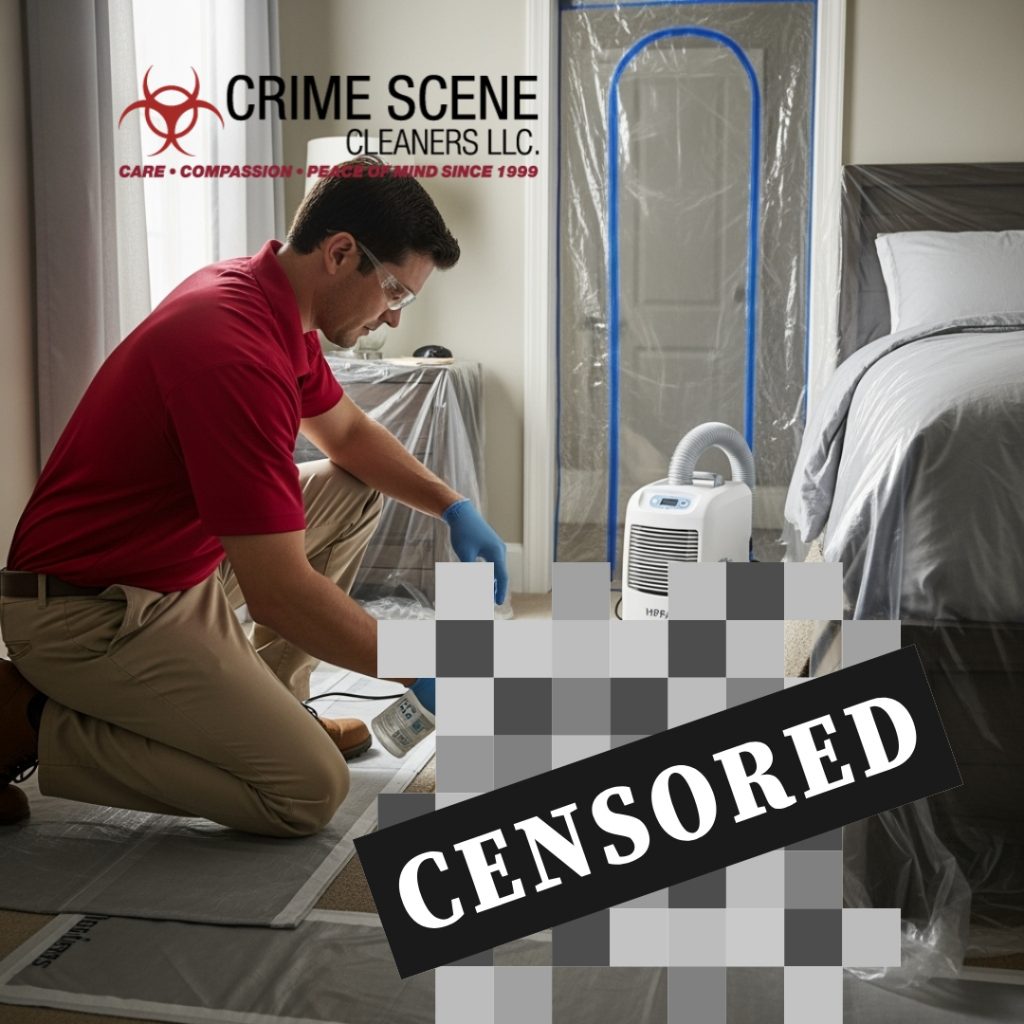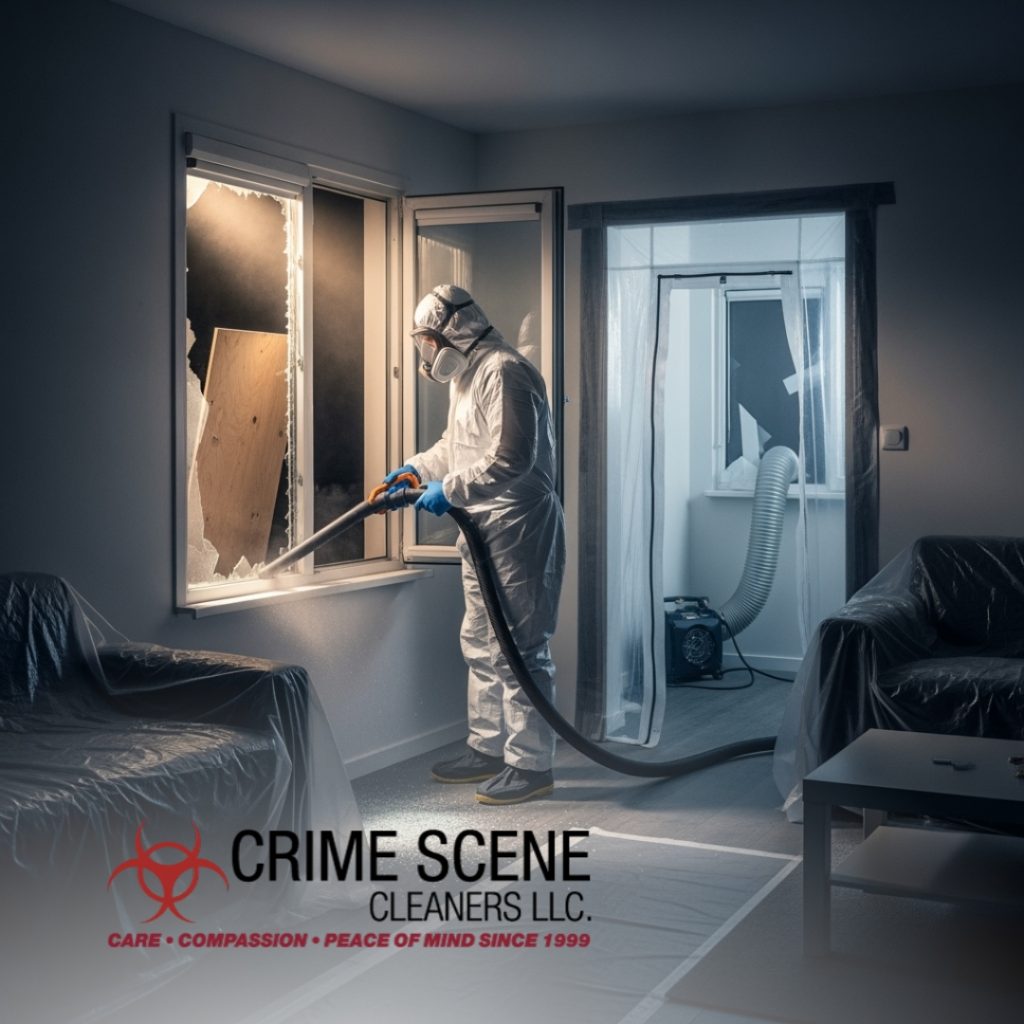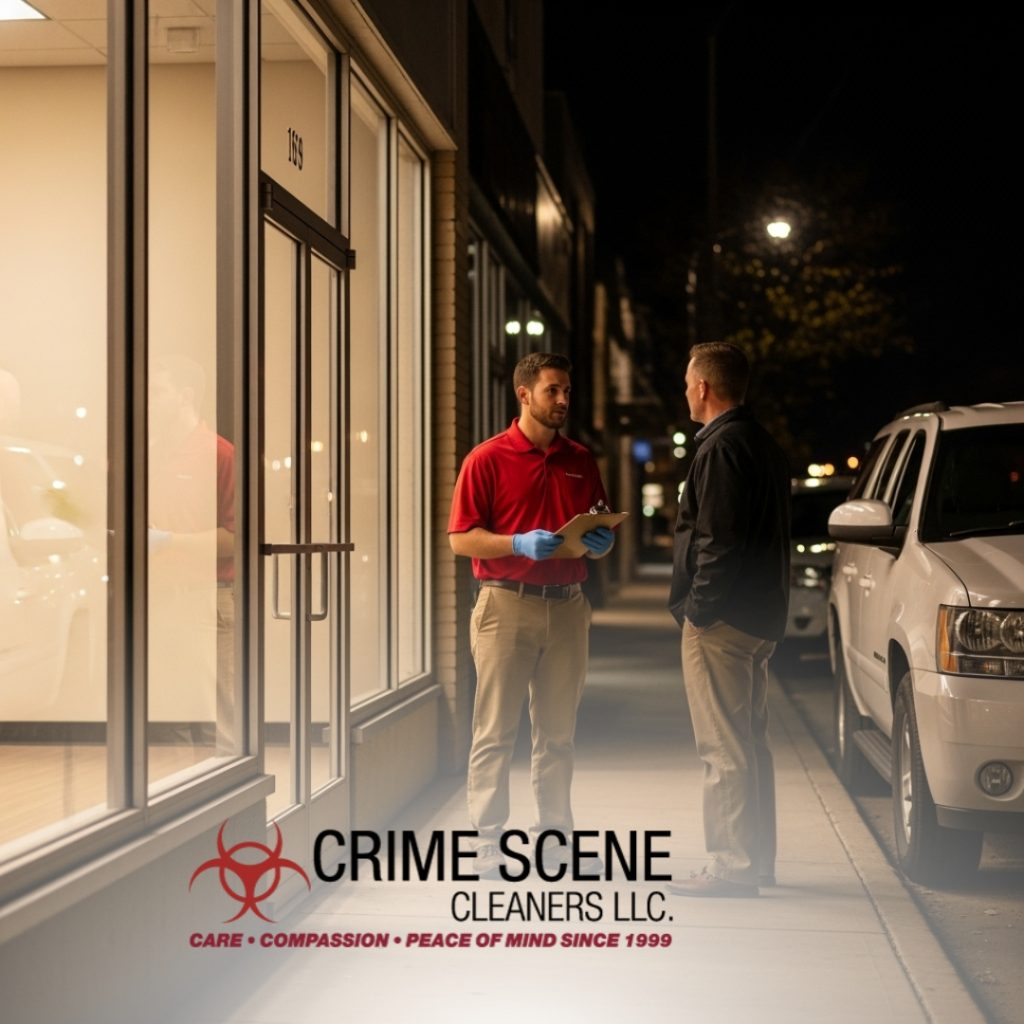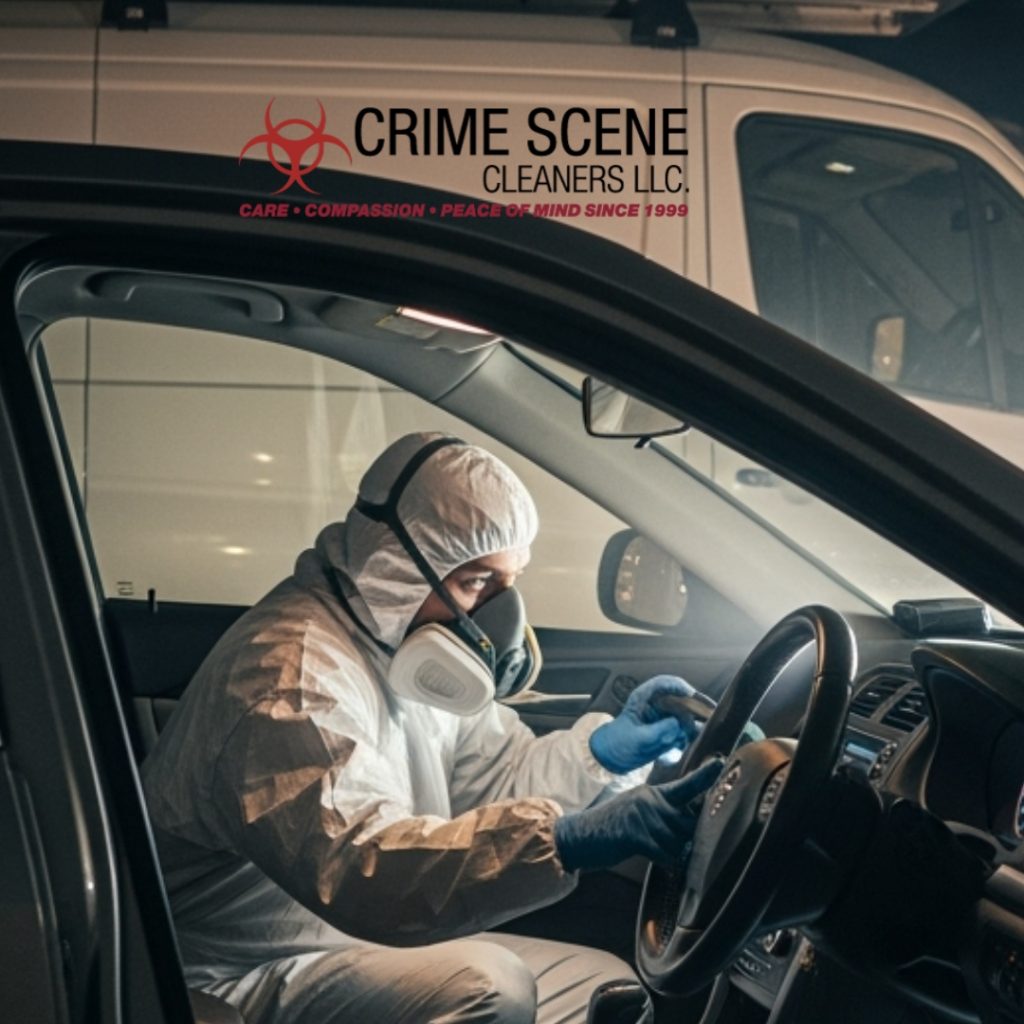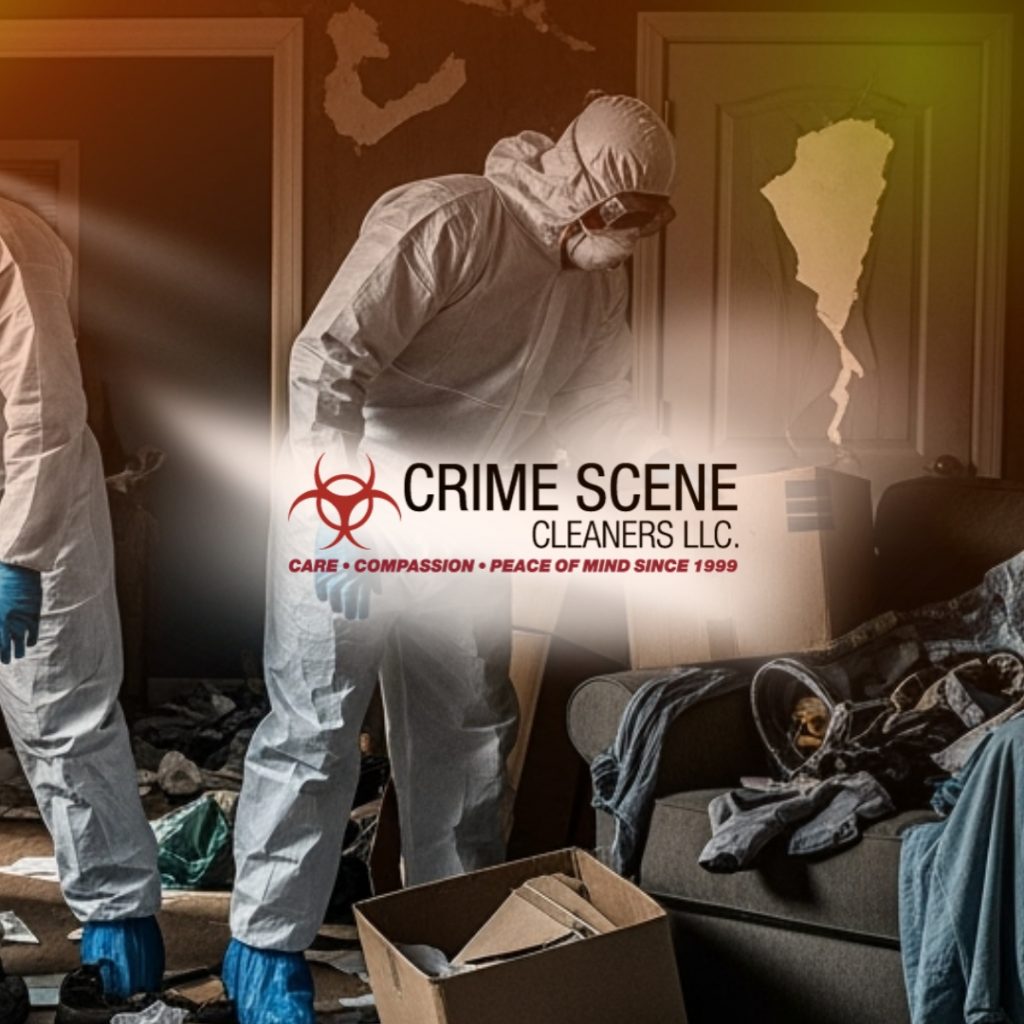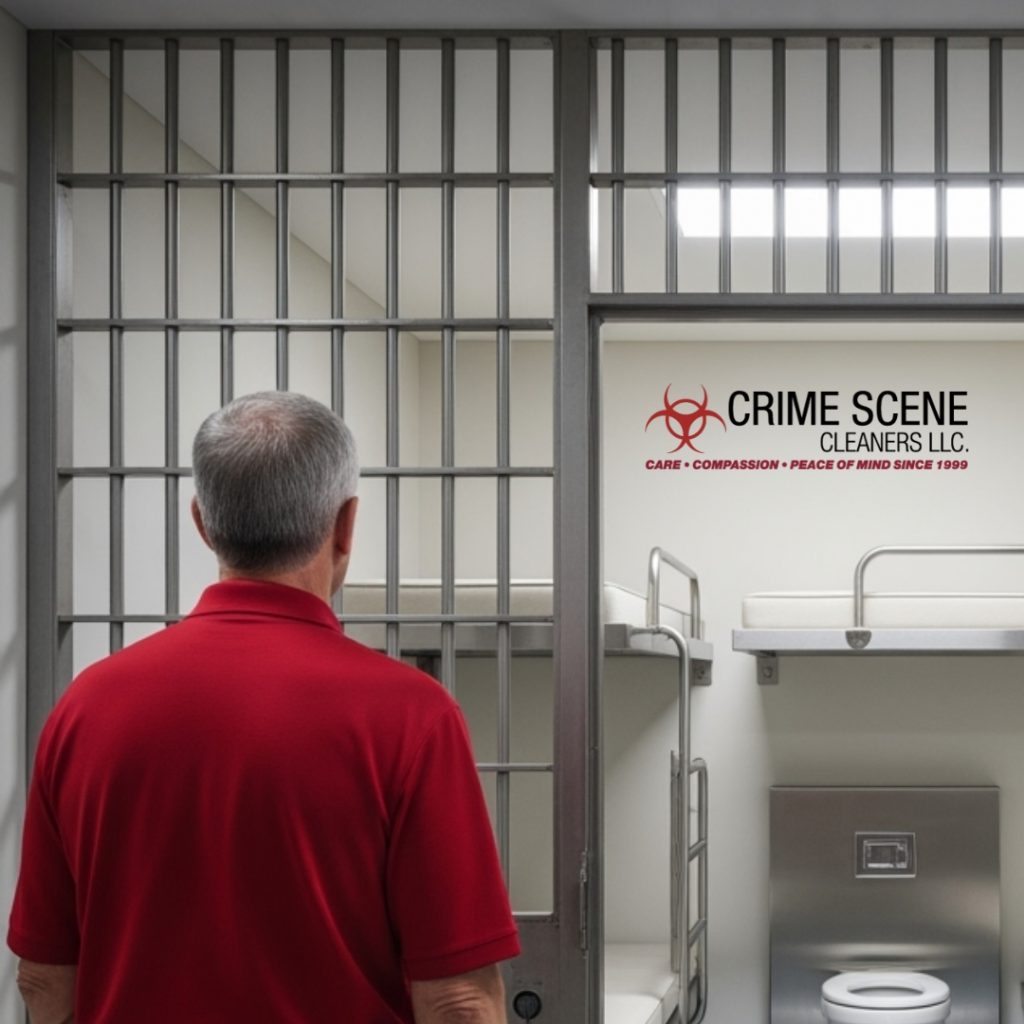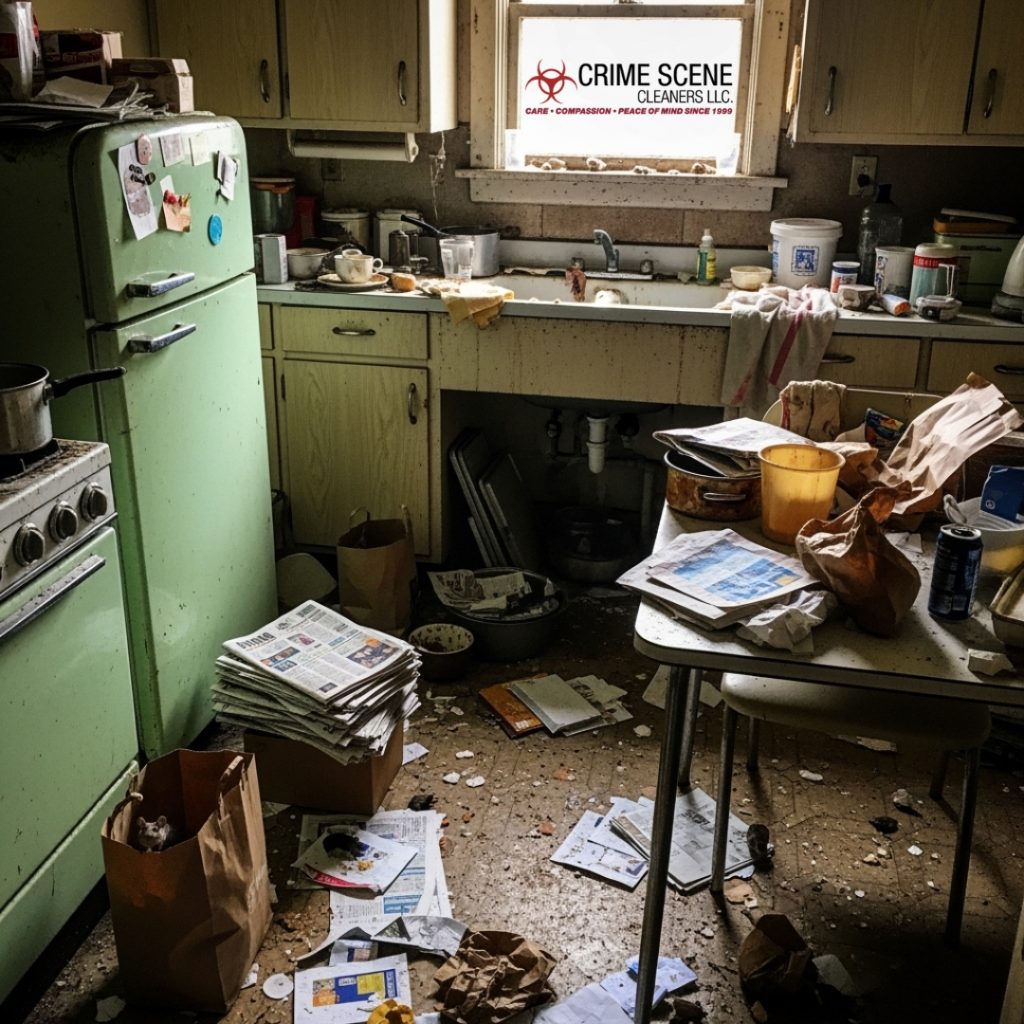How I Learned the Dirty Truth About Mouse Droppings and Hantavirus Cleanup
Q: How do you know so much about mouse infestations and Hantavirus cleanup?
A: I spent years working at Bell Pest Control in Kansas City, one of the area’s top pest control companies. I was their only commercial pest control salesman, and I earned my pest control license so I could give expert guidance to customers dealing with serious rodent issues. That experience exposed me to the real dangers of rodent contamination, including airborne risks like Hantavirus Pulmonary Syndrome (HPS).
“Way back in my career, I worked for Bell Pest Control, a leading pest control company in Kansas City, as their only commercial salesman. I didn’t know any of this stuff until then. I even got my pest control license so that I could answer questions for my customers.”
Over the years, I’ve had conversations like this off and on, especially when someone brought up a mouse infestation or just problems with mice getting into the home and causing havoc for a while.
If a mouse were seen in my house, my older sister would scream and jump on a chair, just like you might see in the movies. But they were no joke to her.
Let’s take a look at what we might see as Bio technicians in a mouse-infested house or commercial building. Why are mice and other such rodents so dangerous? Or, at least, having the potential of being dangerous.
Almost every adult in North America knows mice poop continuously. However, did you know that one mouse can produce 50 to 80 pellets per day? Suppose those pellets are left to accumulate, for example, in a basement, a stored RV, or a cabin during the off-season. In that case, they can pose a significant health risk. The cleanup can become a dangerous issue. I discuss other issues, but let’s focus on the cleanup of feces.
The pellets dry out, natural degradation processes occur, and they break down into dust. In the 1980s and early 1990s, the public became aware of the biohazards of mouse contamination. In the western states of the US, we experienced several outbreaks, primarily among camp counselors who contracted Hantavirus Pulmonary Syndrome (HPS), which is what I’m referring to. Hantavirus is one of the primary dangers associated with rodent contamination.
What happened to the camp counselors? They reported for work a week or two before the kids arrived for training and a general cleanup of the camp. The counselors assigned to clean the cabins are the ones who developed HPS. They noticed the abundance of mouse pellets, and the cabins are not necessarily weatherproof, so they’re always dusty, especially at the beginning of the season.
The gestation period of the disease typically ranges from one to eight weeks, with an average of two to three weeks. That was right in line with what the camp counselors experienced. Hantavirus is a severe respiratory disease primarily spread through contact with infected rodents.
During the outbreak of HPS at the summer camp, the counselors were getting ready for the kids’ arrival when they started experiencing symptoms. Everyone initially thought it was a summer cold. Still, as it progressed, the camp doctor suspected a flu outbreak was underway. So, he sequestered the sick counselors from the others. As the kids arrived, most of those counselors requested leave to go home and recuperate.
It was later discovered that they had contracted HPS from sweeping out the cabins contaminated with rodent droppings. As the counselors arrived home, they were sick enough to end up in the hospital. As the camp contacted each of the counselors or their families, they began to learn about the hospitalizations.
Reporting this to the camp physician, he made inquiries at each hospital. Then he contacted the Centers for Disease Control and Prevention (CDC). Once an investigation ensued, it was revealed that the camp counselors had contracted the Hantavirus.
Hantavirus is spread through airborne particles-
that are swept into the air and then inhaled by the counselors. Not all mouse droppings transmit HPS; only those from infected mice do. However, it spread easily through the mouse colonies, and many of the mice at the camp were infected.
Mice and rats urinate frequently. During our investigation of mouse contamination, we frequently observe solid trails of urine. Urine from any mammal fluoresces under black light. Our technicians will darken a room and shine a black light; just as your white sneakers or white clothing become brilliant under a black light, so does the urine.
The urine contaminates surfaces with Salmonella and Leptospirosis, which are bacterial diseases. They contaminate surfaces and water. This article isn’t a scientific paper, but everyone reading this needs to pay attention because these diseases can lead to severe impairments, even death if mistreated or not reported until it’s too late.
MOUSE INFESTATION FACTS
- Mice can begin breeding within six weeks of birth.
- The gestation period is 20 days.
- The female can give birth to three to fourteen babies.
- Females can have up to five litters per year.
- Inside a protected environment, they can live two to three years.
- Do the math, and it could lead to a massive infestation.



